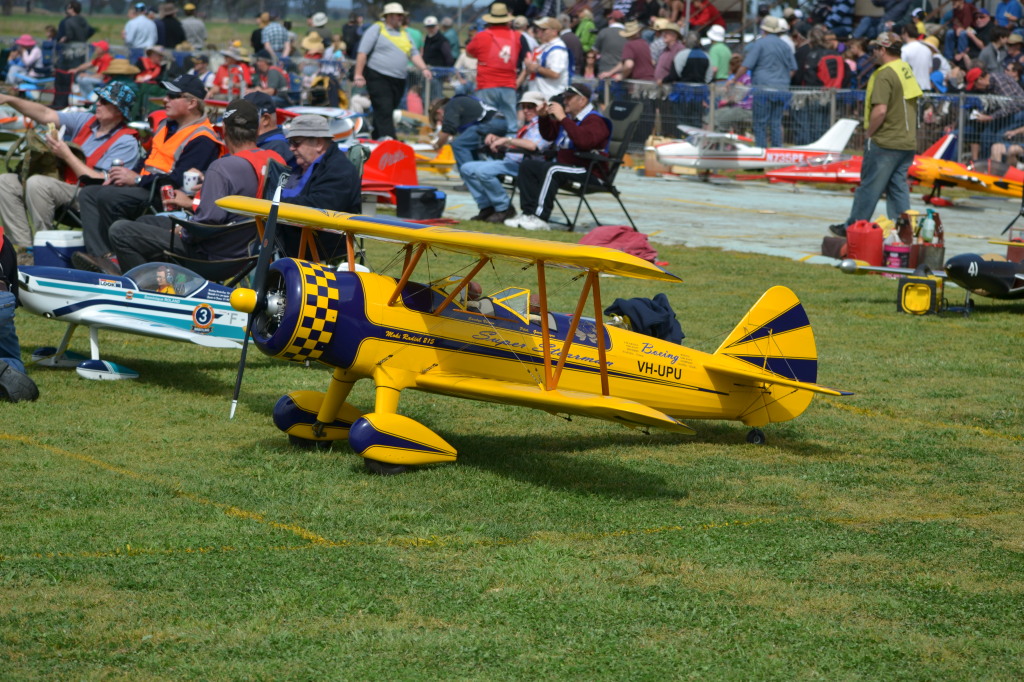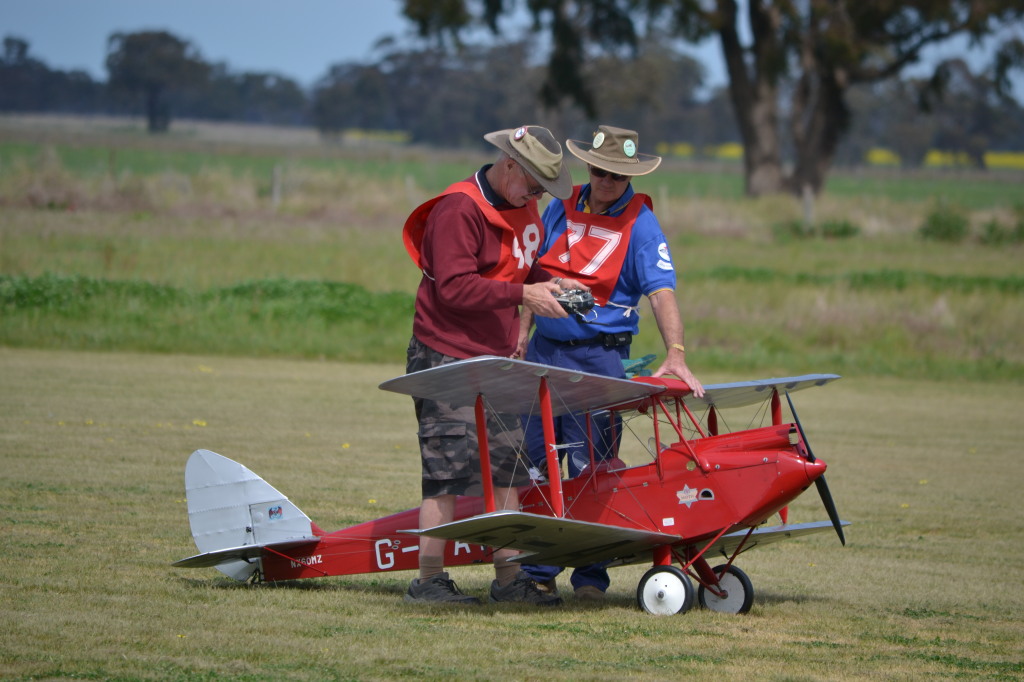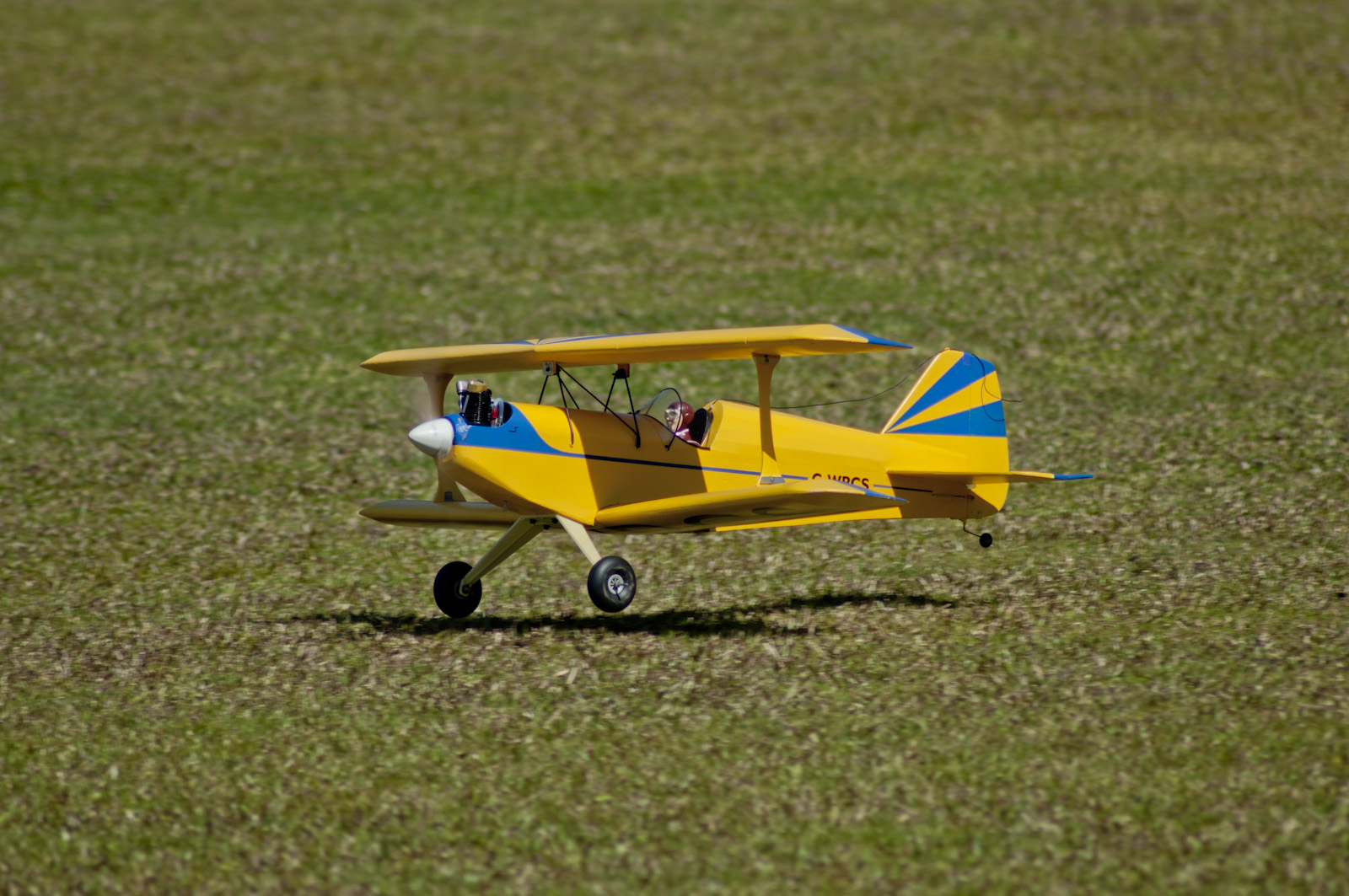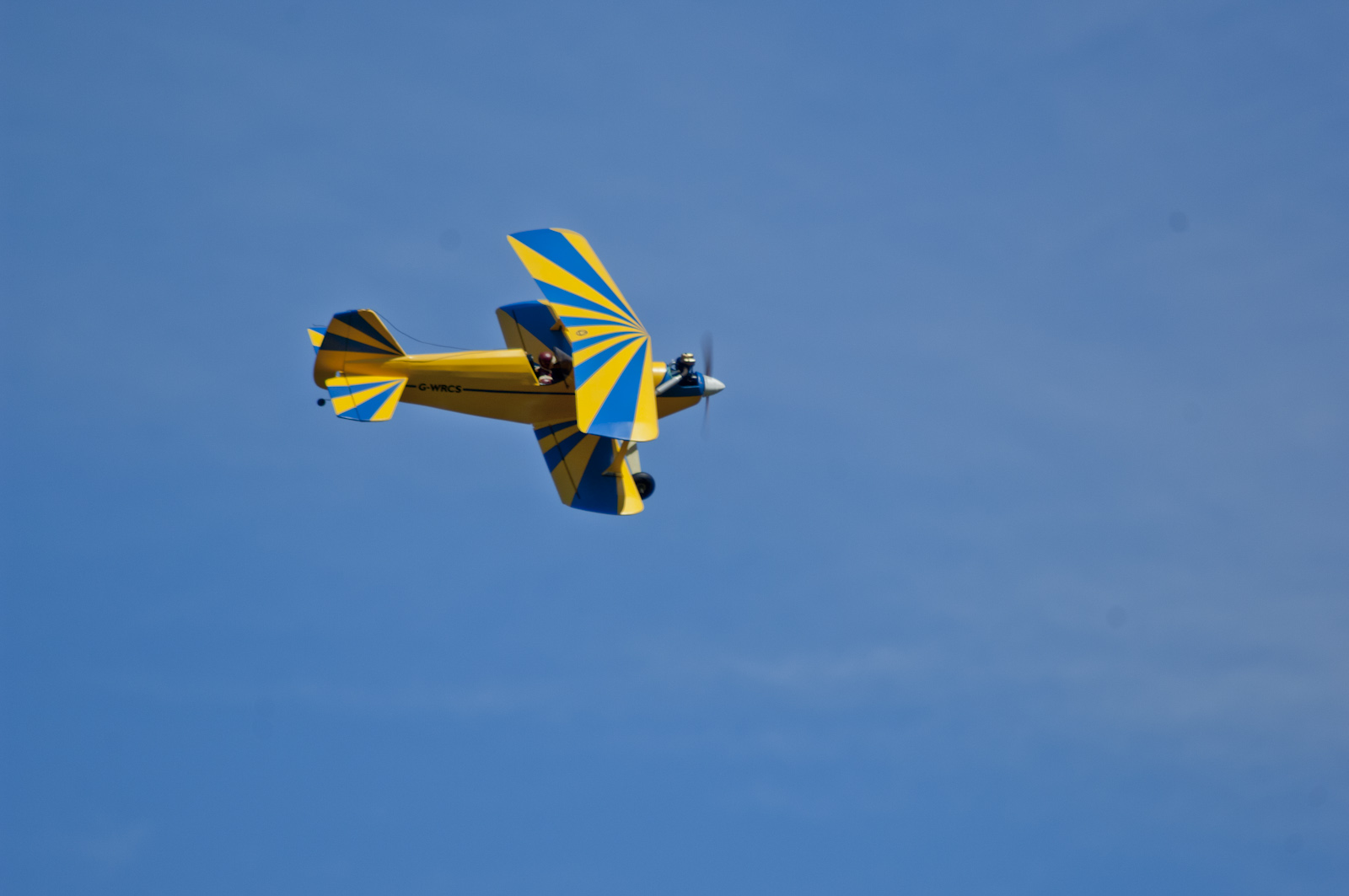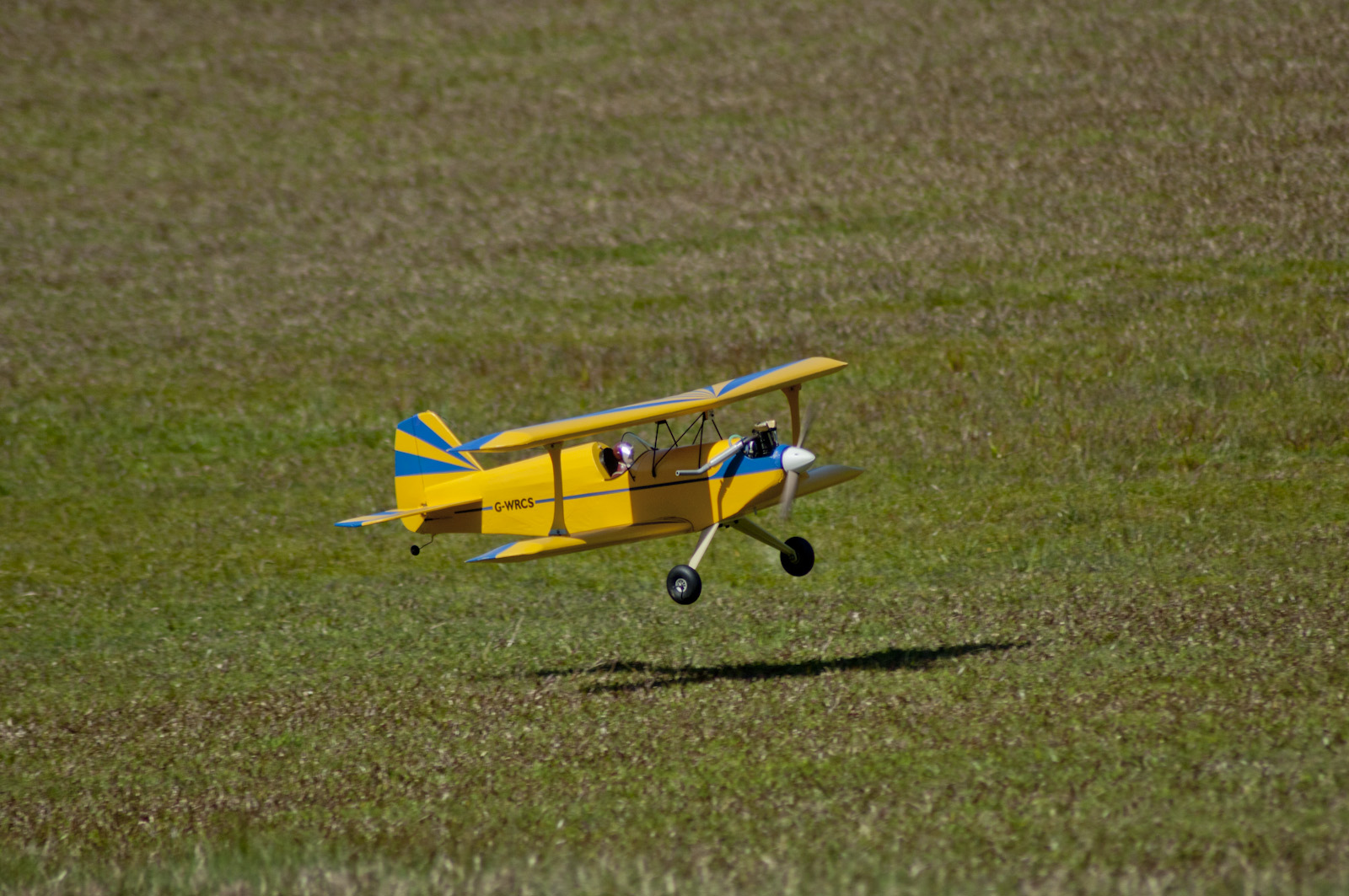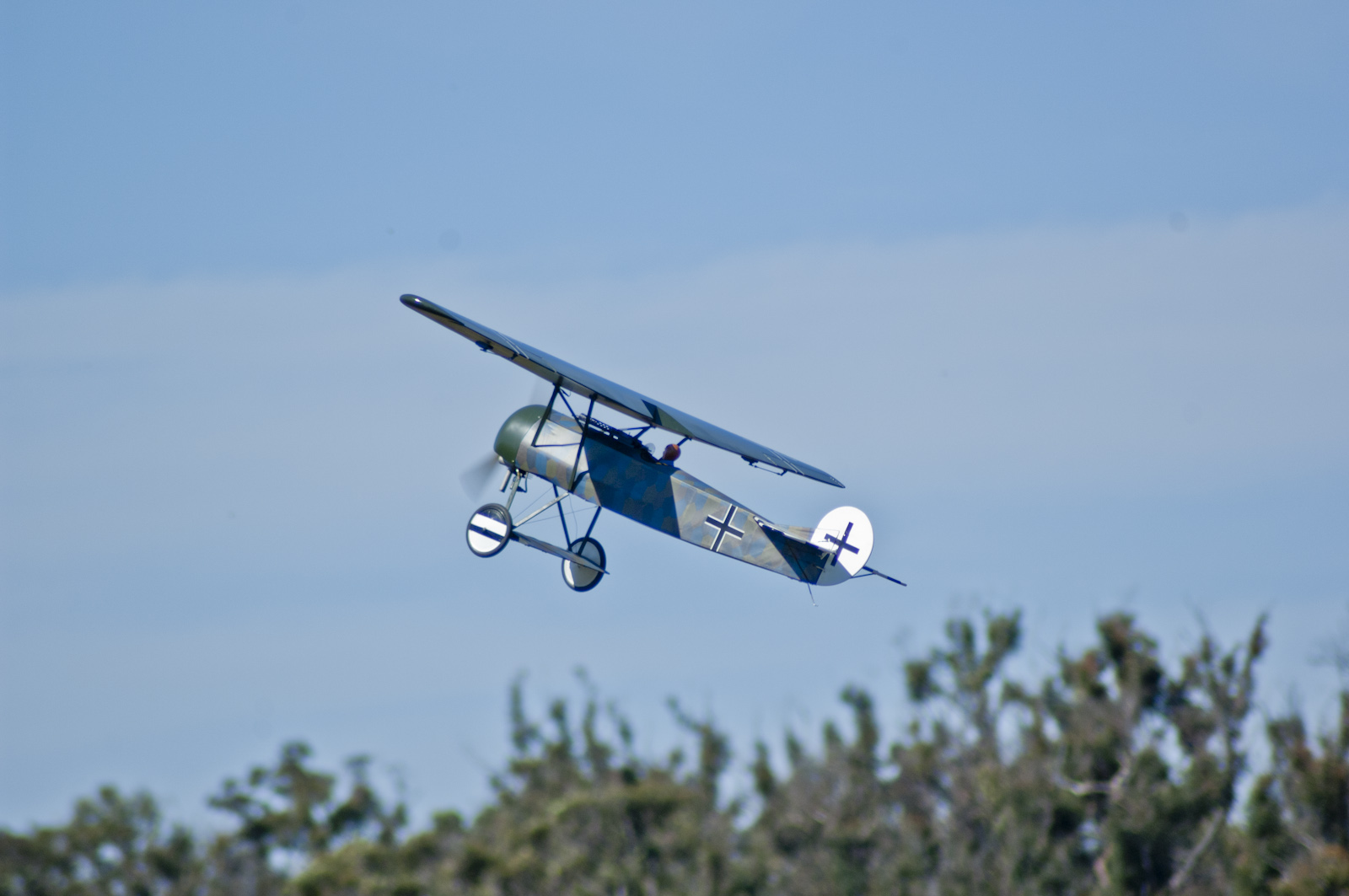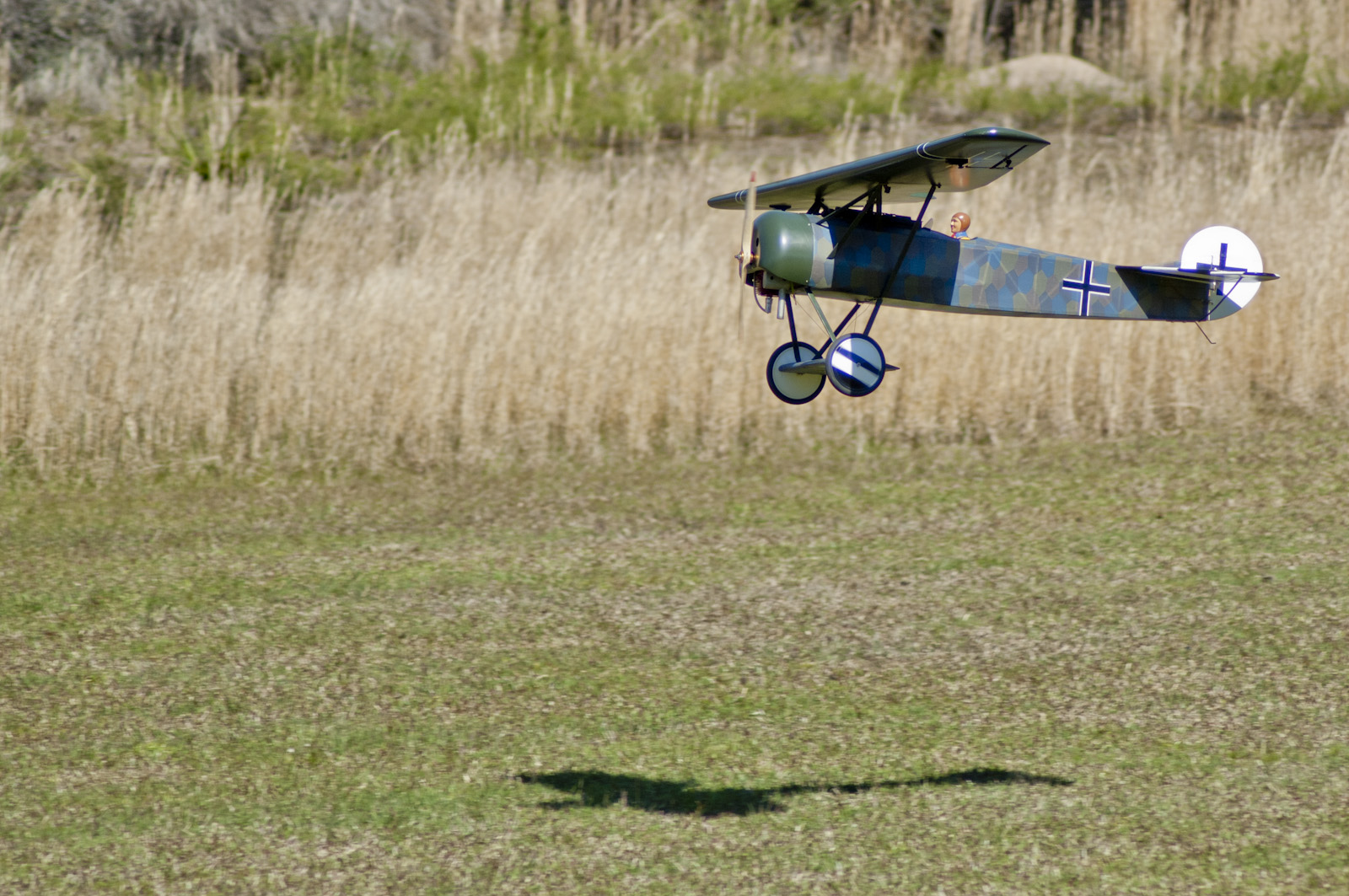|
First of all, it is an 'infection control risk' to perform expired air resuctiation (EAR) unprotected. Last year I donated a bag-mask-valve kit to the club, which is on a hook in the pound. This unit is to perform EAR manually without the resuscitator having to use his/her own mouth. If anybody is unfamiliar with its use, please see me at the club or anybody familiar with its use that I am sure, as myself, would be happy to give a quick demonstration. It is also NOT a legal obligation to perform EAR unprotected, it boils down to a moral obligation to save a life and it is your decision only. Ideally, getting some air in by using a “bag-mask-valve” unit has to be a good thing.
The Australian Resuscitation Council (ARC) endorses the rate of 30 compressions/minute followed by x2 quick breaths for CPR (Cardio Pulmonary Resuscitation). I believe the important thing is... to at least do something. The statistics for survival chances are quite telling and, basically, if someone collapses and isn't able to breathe or circulate their own blood then, in the absence of CPR whilst they wait for the medics, their chances of survival are very slim.
For those of you not familiar with resuscitation techniques, here are a few steps to follow:
we refer to DRSABCD Algorithm
"D"anger: make sure the patient and you are in no danger eg; electrical, fire, vehicles passing etc.
"R"esponse: Lay the patient on his/her back. Try to establish level of alertness of the patient.
“S”end for Help: Early “OOO” call is essential. Can call 112 on a locked mobile for an emergency number. This should be done with the utmost urgency, not after a couple of minutes of assessing the sitaution.
"A"irway: Make sure the patient has a good airway by extending the neck and check and remove any obstructions such as loose dentures. If there is any vomit, scoop out as much as you can with your finger but don’t waste too much time.
"B"reathing: It is very difficult to know if the patient is breathing. Open the patient's shirt and try to establish if the chest or abdomen is moving. The Australian Resuscitation Council has now recommended that a female patient's bra should be removed. I would recommend discretion here!
Unless the breathing is obvious, assume the patient is NOT breathing.
"C"irculation: Feel for a pulse but don’t be surprised if you cant feel one. Have a quick feel; unless you can feel a strong pulse, commence CPR.
“D”fibrillator: Attach Defibrillator (AED) IF, and as soon as, it is available and follow the prompts.
There are some helpful pearlers here:
1. Did the patient demonstrate any symptoms to you before the collapse e.g. chest pain, it will help you to understand what is happening?
2. If the patient is unconscious, it is likely there is no circulation to the brain, hence commence CPR asap
3. Lack of oxygen to the brain for 3 minutes is likely to lead to brain damage … THIS MEANS ACTION HAS TO BE FAST
4. When assessing the patient, say to yourself .. "air goes in and out and blood goes around and around. Anything that interferes is a bad thing"
All professionals use the above mnemonic/reminders to assess the systems
5. Somebody has to take command and give orders … the most likely person is a health care professional or somebody with first aid experience, but somebody must assume control and the other people present must co-operate and assist
6. Call for help by dialling 000 asap
7. If resuscitation is successful, remember to lie the patient in the recovery position (patient lying on his/her side with the top leg crossed over the lower leg and the neck extended). Be warned, it is likely the patient will vomit on recovery. Unless you want a lap full of vomit, support the patient from his/her back at the level of his/her shoulder blades.
8. If all is successful, may I suggest you get your mates car keys before the ambulance takes him off to hospital and put all his gear into his car? The keys can then be left in the pound or with someone who can get them to a committee member for the relatives to collect the car. If possible, call the Club Secretary or a Committee member and inform him as to the events that have just occurred and the whereabouts of the patient’s car and goodies.
What to say when dialling 000:
1. Ask for Ambulance
2. Advise the operator of what has happened and especially tell them if the patient is unconscious and request AN INTENSIVE CARE AMBULANCE or PARAMEDICS.
3. IT IS IMPERATIVE TO REQUEST AN "OFFROAD AMBULANCE" as a conventional intensive care abulance will not go down our road and this will delay help further. It will be necessary to describe our terrain to help them to understand and act appropriately.
4. If there is more than one person available, get someone to go up to the gate to unlock it and another, if available, to wait at the turnoff at Morgan Road into the field road to direct the ambulance. If at all possible, try to keep x2 persons with the patient to continue CPR. For those who have never done CPR, IT IS BLOODY EXHAUSTING and you will need to swap roles frequently or you yourself may end up as a casualty!
5. WHAT ARE YOU GOING TO DO IF THE PATIENT AND YOU ARE THE ONLY PERSONS AT THE FIELD and the gate is locked? Firstly do not leave the patient. This is not the "end of the world'. Advise the 000 operator to send an Advanced Tactical Response Team on motorbikes. They can bypass the gate. This is a common scenario when a crisis arrives and an ATR team can negotiate traffic before the ambulance can get through.
6. WHAT ARE YOU GOING TO DO IF YOU AND THE PATIENT ARE THE ONLY ONES AT THE FIELD AND YOU HAVE NO MOBILE???? In this situation unfortunately you really are in deep s..t. My advice is to keep CPR going as long as you practically can. If you have no response after a “practical period” and the patients pupils are centrally fixed and dilated, you can best bet your mate is looking at you from above. Cover the patient and go to the nearest phone to ring the police and advise what has happened. Again in any situation of a crisis like this, please notify our club Secretary and if unavailable, any committee member.
If any situation like this occurs, please remember to take time out for yourself and if necessary, seek counselling. This is always a humbling experience even for a health care professional. All I can advise you is to do your best and even if you are unsuccessful, I am sure your mate in that "big Hanger in the sky" will have appreciated your efforts.
I will put together a short article about STROKE in the not too distant future. This is the second most common cause of a collapse that we could have to deal with.
|



